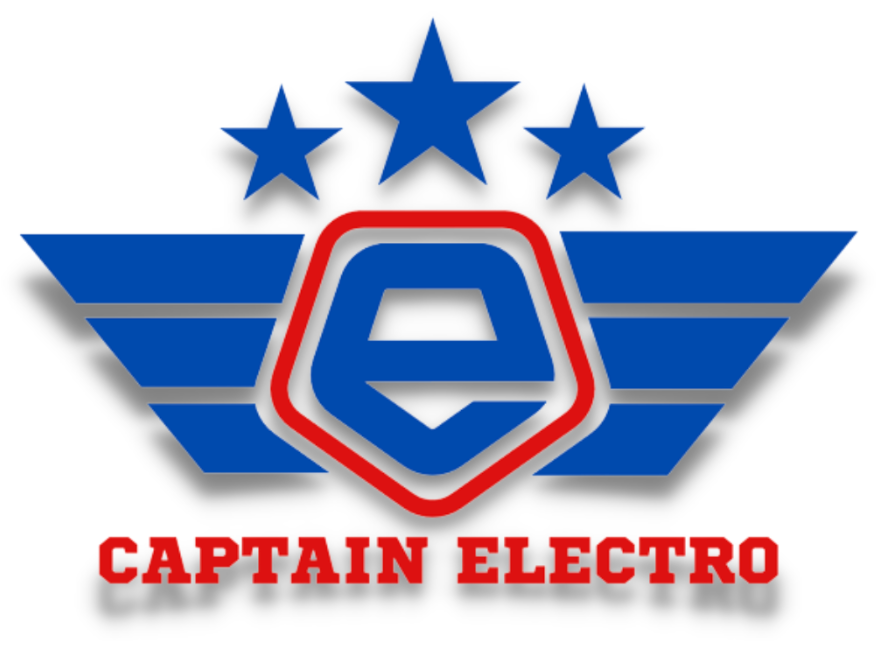Incat Built a Boat... The Size of Belgium… With 250-tonne Battery
Image Credit: Incat.
I've just come across something that's less a boat and more a floating statement – a colossal, all-electric behemoth that makes those fancy yachts look like bath toys.
Down in Tasmania, Incat have gone and built themselves a proper leviathan. Aptly named China Zorrilla, this ferry is so enormous it makes you wonder if they accidentally built a small island instead. We're looking at a staggering 425 feet of pure electric ambition. To put that in perspective, you could probably park a decent-sized Boeing 747 on its deck and still have room for a game of cricket.
Image Credit: Incat.
As you can probably imagine, this thing isn't powered by your run-of-the-mill AA Duracells. Oh no, it's got a 40-MWh battery bank. Forty MEGA Watt-hours! That's enough juice to power a small town for a week. And the battery pack alone weighs a hefty 250 tonnes! That's like strapping five hundred Teslas to the bottom of the boat. Apparently, it's four times larger than any other maritime battery installation. I bet it is.
The sheer scale of this electric undertaking is rather Australian. They don't seem to do things by halves down there. According to the press blurb, this isn't just the biggest electric ship; it's the "largest electric vehicle of its kind ever built." Ever! That's a bold claim, even for a nation that brought us the boomerang and questionable beer commercials. They're even calling it one of Australia's most significant exports.
The genesis of this electric giant is rather amusing. Apparently, the chairman of Buquebus, Juan Carlos López Mena, was chatting with Incat's main man, Robert Clifford, who casually declared that the next ship he'd deliver would be 100% electric. Mr. Mena, clearly not one to back down from a challenge, retorted, "Then the next one must be the one we're commissioning today!" And just like that, history was set to be made. One can only imagine the raised eyebrows and nervous glances that followed that exchange.
Image Credit: Incat.
This electric goliath will be slicing through the waves of the River Plate, connecting Buenos Aires in Argentina with some lucky ports in Uruguay (Buenos Aires to Montevideo is about 150 miles). It'll be powered by eight electric waterjets from Wärtsilä. Imagine the wake this thing will leave – probably visible from space.
And if you thought the outside was impressive, wait until you hear about the inside. This floating palace will accommodate up to 2,100 passengers and 225 vehicles. But the real kicker? It's going to house the "largest shopping space on any ferry in the world," clocking in at over 24,750 square feet. You could probably get lost in there trying to find the restrooms. I foresee some very confused and potentially seasick shoppers.
We've already established the length (425.46 feet) and the beam (a rather wide 106.17 feet) of this waterly beast. The waterline length is a respectable 398.65 feet. While they haven't divulged the top speed or the exact range on a single charge, you can bet your last dollar that moving 250 tonnes of battery and a ship the size of a small skyscraper isn't going to be a sprint. It's more of a determined, eco-conscious trudge.
Image Credit: Incat.
The price tag for this electric marvel hasn't been explicitly mentioned, but let's be honest, it's probably in the "if you have to ask, you can't afford it" ballpark. We're likely looking at hundreds of millions of good old American dollars. Think of all the petrol it won't be using, though! That's got to count for something, right? Eventually? Maybe.
Of course, before this electric ocean liner starts ferrying hordes of eager shoppers and their automobiles, it needs to prove it can actually float and move. Sea trials are scheduled on the River Derwent in Tasmania. One can only hope they've got a really, really long extension cord. Delivery to Buquebus is expected by the end of 2025. Plenty of time for them to figure out where to plug it in, then.
Image Credit: Incat.
Incat's chairman, Robert Clifford, is understandably chuffed, calling it the "most ambitious, most complex, and most important project we've ever delivered." He reckons this ship is a "game changer" for maritime transport. And you know what? He might just be right. While my inner petrolhead weeps a little at the thought of silent, emission-free behemoths gliding across the water, even I have to admit there's something rather impressive about the sheer audacity of this electric undertaking.





